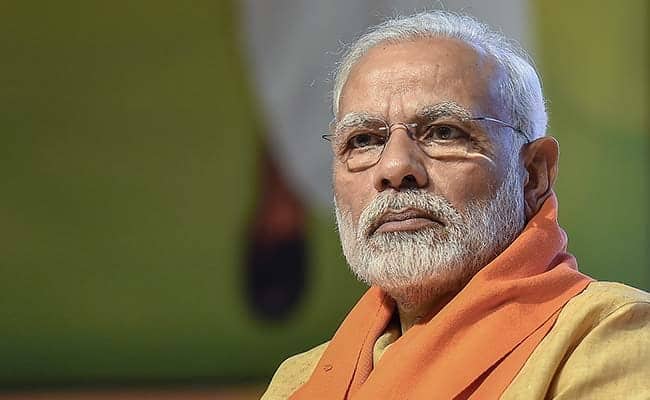NEW DELHI – The government of India overstated its GDP growth by a wide margin during multiple years, a former chief economic adviser has revealed through his extensive research.
Arving Subramanian has revealed that the methodological changes have led to overestimating GDP growth by 2.5 percentage points per year between 2011-12 and 2016-17 when UPA and NDA were in power.
The economist has confirmed that the actual growth is around 4.5 per cent with a 95 per cent confidence interval of 3.5 to 5.5 per cent though it was stated as 7 percent.
“My new research suggests that post-global financial crisis, the heady narrative of a guns-blazing India — that statisticians led us to believe — may have to cede to a more realistic one of an economy growing solidly but not spectacularly,” Subramanian said in his piece published by the Indian Express.
The former chief economic adviser compiled 17 key indicators for the period 2001-02 to 2017-18 that are typically correlated with GDP growth, including Electricity consumption, two-wheeler sales, commercial vehicle sales, tractor sales, airline passenger traffic, foreign tourist arrivals, railway freight traffic, index of industrial production (IIP), IIP (manufacturing), IIP (consumer goods), petroleum, cement, steel, overall real credit, real credit to industry, and exports and imports of goods and services, to bolster his findings.

The new evidence implies that both monetary and fiscal policies over the last years were overly tight from a cyclical perspective, the economist shares.
Subramanian also lamented as to why the flawed statistics were promoted as they dampen the impetus for reform adding that had it been known that India’s GDP growth was actually 4.5 per cent, the urgency to act on the banking system or on agricultural challenges may have been greater.
The former economic czar also dished in on why he was not able to present the actual figures during his stint with the government, stating: Throughout my tenure, my team and I grappled with conflicting economic data. We raised these doubts frequently within government, and publicly articulated these in a measured manner in government documents, especially the Economic Survey of July 2017.














